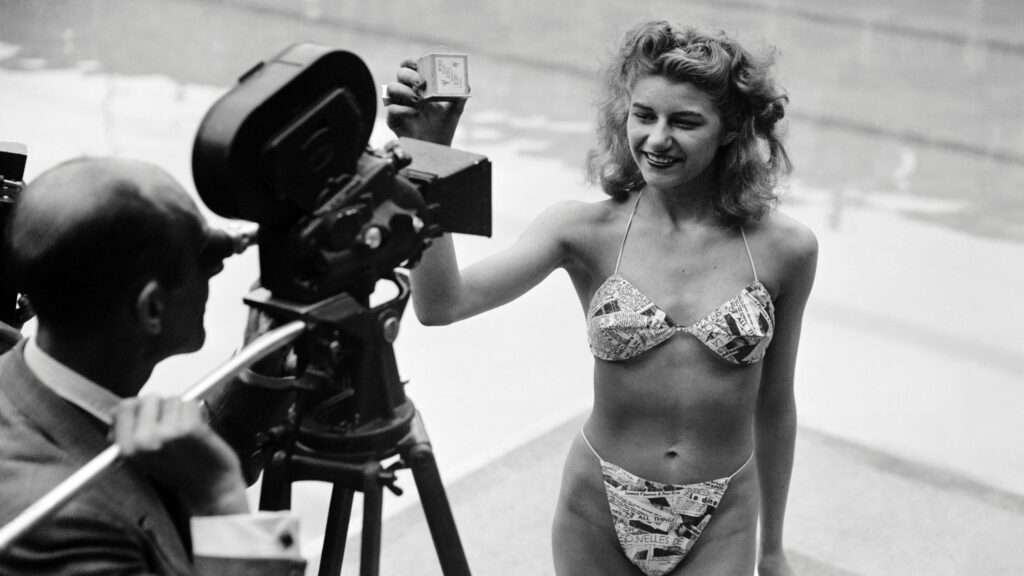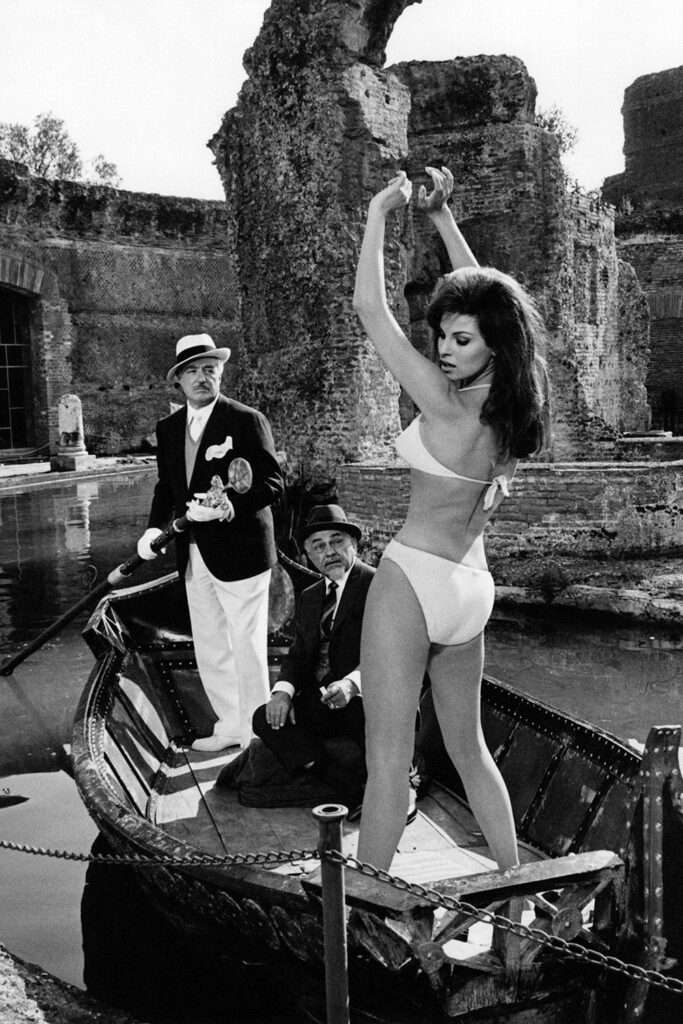
HISTORY OF BIKINI: FROM NAVEL TO NOVEL A Tasty Read
The bikini was born at a Paris poolside photoshoot on July 5, 1946, a week before Bastille Day and in the midst of a global textile shortage. The designer, an engineer by profession, Louis Réard, hired the only model willing to expose so much at those times, a 19-year-old nude dancer from the Casino de Paris named Micheline Bernardini. She put on the four small patches he had strung together and showed the fashion world the female belly button.
The summer of 1946 was a season of freedom in Paris. Europe had just emerged from World War II, the beaches were clear and the liberated French were ready to carry liberation a bit further — an itsy bitsy, teeny weeny bit further, in the form of a women’s bathing costume. Réard’s innovation wasn’t the first to split women’s traditional swimwear in two. Hollywood icons and pinup models had long worn two-piece suits, as was evident under the lids of thousands of GI footlockers still being shipped home from Europe.

Kelly Killoren Bensimon, who recorded the history of the garment in “The Bikini Book,” said that the last inch of midriff was fashion’s final “zone of contention.” “We had seen Jayne Mansfield and a lot of other actresses wearing two-piece bathing suits,” Bensimon said in an interview. “But never with the navel showing. That was the scandal.” Female athletes had competed in two-piece garb in ancient Greece and Rome. Victorian women who dared to bathe in public did so in long smocks that were only distinguishable from their daily wear by the fact that they were dripping wet. Necklines slipped down and sleeves retracted over the shoulder. Women’s swimming was introduced in the 1912 Olympic Games in Stockholm, and a Portland, Ore., woollen-maker named Carl Jantzen began marketing a sleeveless one-piece that left the legs bare. By the 1940s, swim star Esther Williams was on screens and posters in two-piece suits that showed a swath of above-the-button belly and the abs that had made her a national champion in the 100-meter freestyle. At first, the bikini was more of a sensation than a success. Some photographers and models did dare to shoot the suits, and Réard built his own business around the design. But it was slow to break through the modesty barriers on European beaches, much less in the postwar United States. Many commentators condemned the look, and plenty of communities banned it. But celebrities began their own navel manoeuvres. It was the Jet Age that really boosted the fortunes of the skimpy garment, according to Bensimon. The wealthy and glamorous began to shuttle in and out of the Riviera, bringing new standards of beachwear to shores and pools around the world. So thus became “Navel a Novel”.



